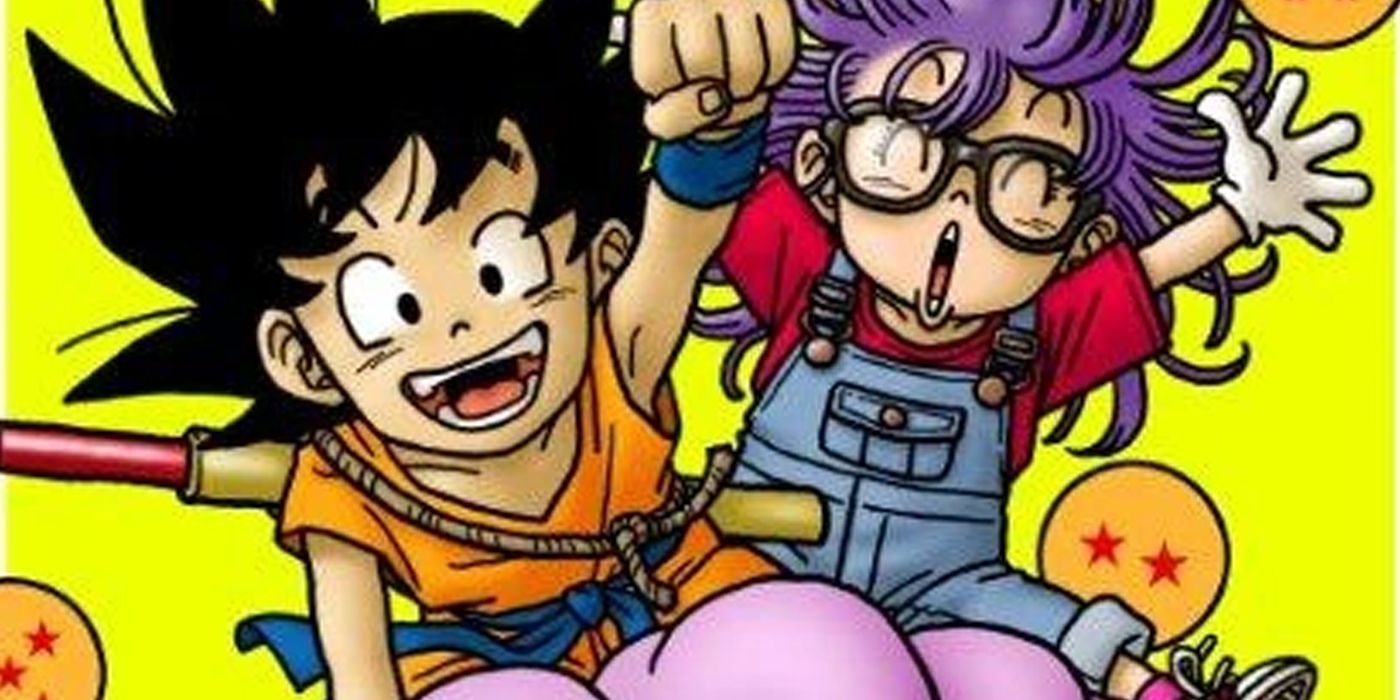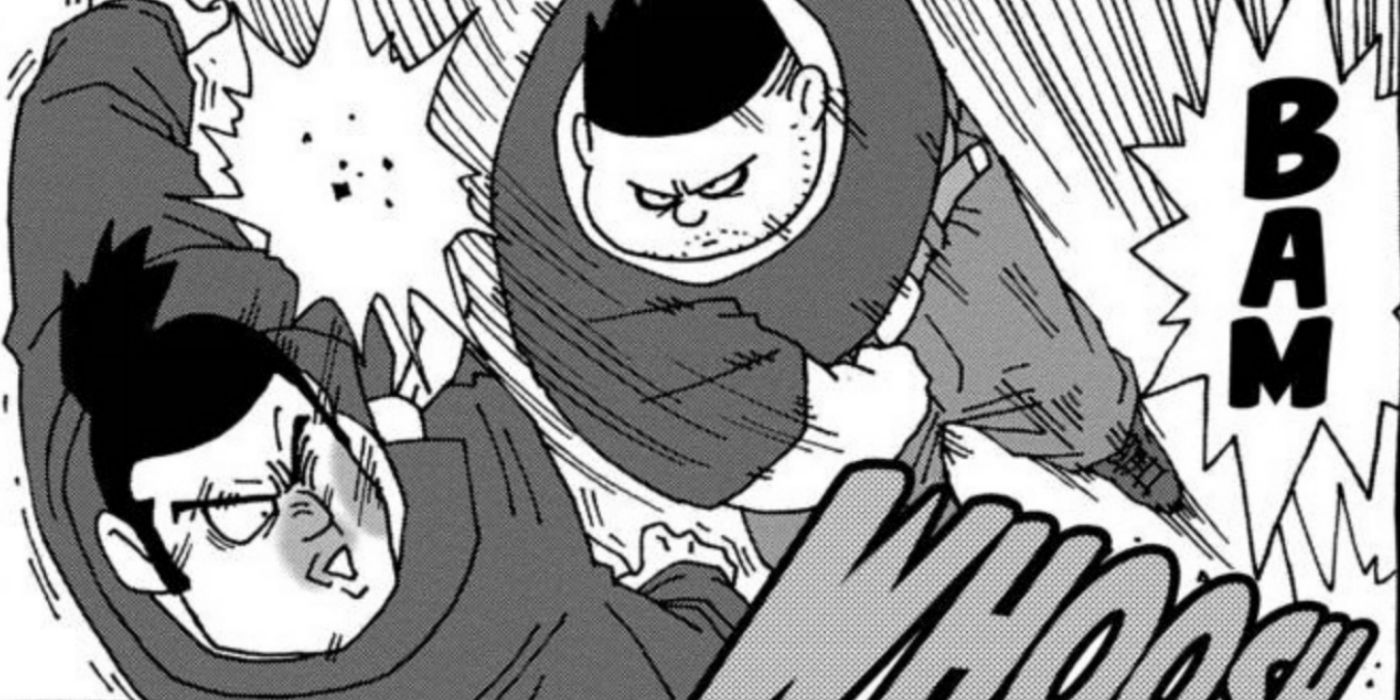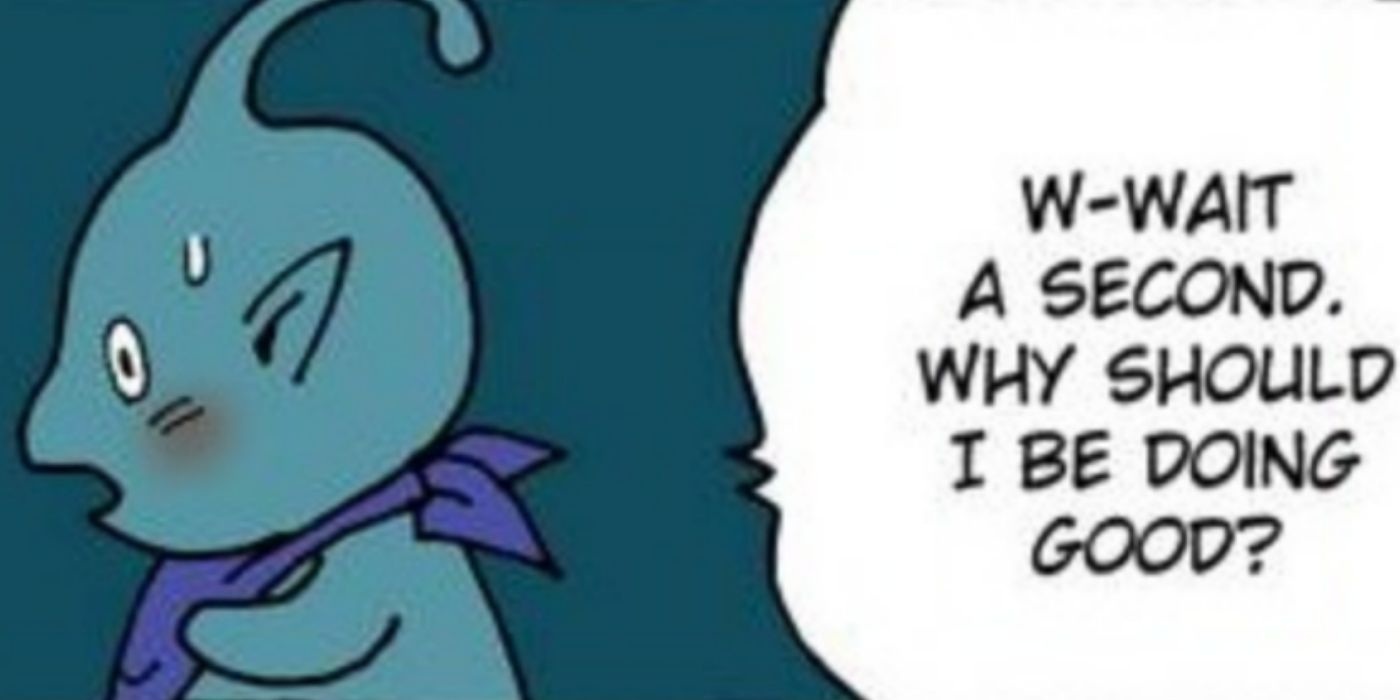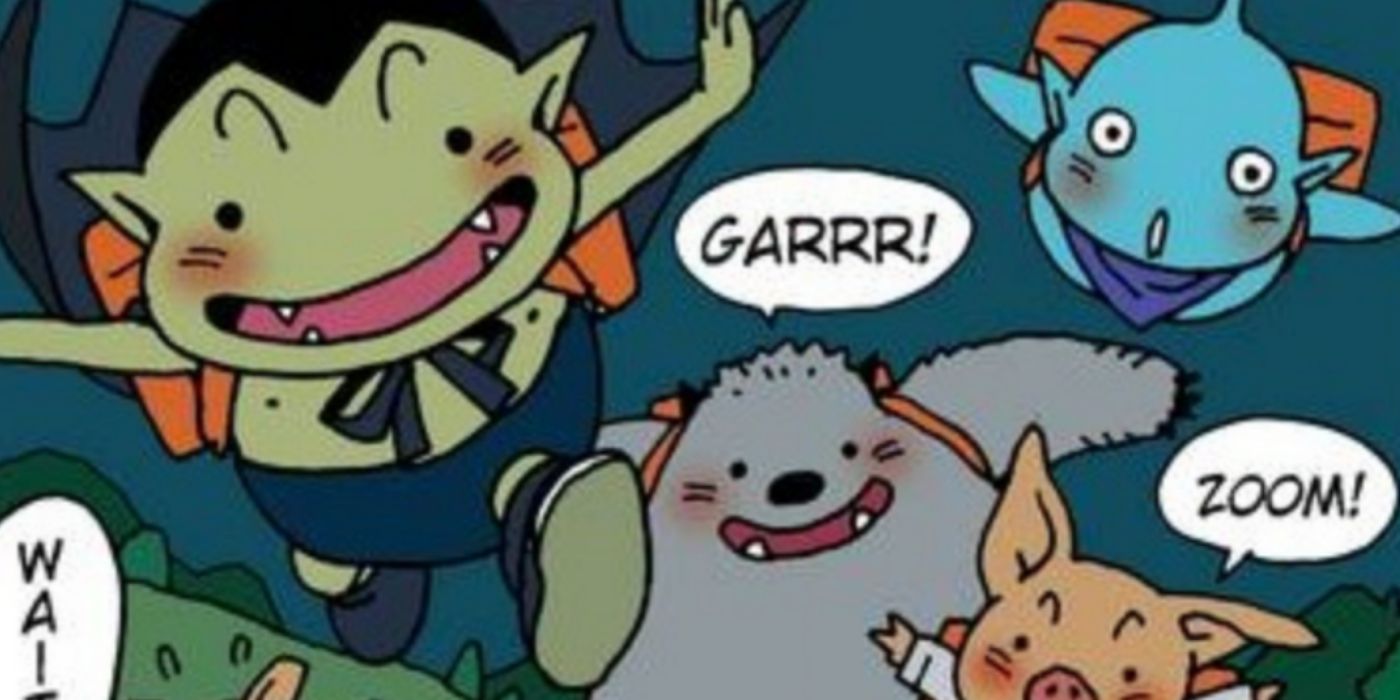Although Akira Toriyama‘s Sand Land is understandably more recognizable due to its recent anime adaptation, another manga series written by the legendary mangaka outside of Dragon Ball that deserves more recognition is Cowa! because of its exceptional storytelling and flawless execution of celebrated monster tropes.
Of course, fans will undoubtedly be more inclined to read this 14-chapter series if there are some correlations to Dragon Ball, and, luckily, new readers will undoubtedly see a few familiar faces and circumstances in Cowa! that will remind them of Toriyama’s unforgettable masterpiece about Goku.

However, while these ties will likely compel readers to jump into this relatively obscure manga despite it being penned by one of the industry’s most well-known mangaka, hopefully these potential new fans will soon be able to see Cowa! for its own merits as a standalone masterpiece rather than just a manga “by the same guy who did Dragon Ball.”
Cowa! Has Fights, & They’re a Lot Like Early Dragon Ball
Original series created by Akira Toriyama

When people think of Dragon Ball, epic fights undoubtedly come to mind first. And although Cowa! is not a martial arts manga by any means, the fighting that does occur is completely reminiscent of early Dragon Ball, especially when most of its battles are resolved comically. However, just like the debunked criticism of Dragon Ball‘s early fights, it’s critical not to diminish the creativity behind their mechanics in Cowa! (and Dragon Ball), regardless of the overall tone, since Toriyama does capitalize on the unique aspects of his pre-established power systems ingeniously in both. Of course, there’s an abundance of overall humor outside these short bouts of violence in Cowa!, most of which consists of the typical childish humor that Toriyama was more infamous for than celebrated.
In that same vein, Cowa! is more of an adventure series, much like a major portion of early Dragon Ball. The overarching plot of Cowa!’s adventure in the human city they venture through even evokes many of the same tropes as Dragon Ball. It sees the main group of monsters helping a family with an injustice they just happened to stumble upon during their journey. The event in question not only employs, but actually one-ups one of Dragon Ball‘s most wasted opportunities by taking a similar robbing scenario from Goku’s first time in West City (chapter 68) to influence later events in Cowa!
Cowa! Has Its Own Puar, Great Ape Transformation, Majin Buu, & Even Dabura
Though its art style is more simplistic, it’s just as exciting
Some of Cowa!‘s more exciting ties with Dragon Ball can be seen through the characters. There’s a cute little floating ghost named José Rodriguez who can turn into objects just like Puar, and the main character Paifu inadvertently transforms into a terrifying creature when certain conditions are met, similar to the Great Ape or Oozaru. Interestingly, what Cowa! replaced the moon from Dragon Ball with is more intriguing, since Toriyama subverted the weakness of a famous type of monster to come up with the end result in Cowa!, as opposed to just relying on the werewolf moon trope in Dragon Ball.
Then there are characters that just look like famous Dragon Ball villains, including Majin Buu, down to his rubbery consistency, and even Dabura. Interestingly enough, when Cowa!’s version of Dabura appears, it greatly contributes to how much the “Fortuneteller Baba” type character who appears soon afterward for the first time defies expectations when she finally makes her debut.
Cowa! Flawlessly Explores Well-Known & Celebrated Monster Tropes
This series is fun and experimental in the way it tackles the internal struggles of its characters and their identities

Outside of Dragon Ball, what fans will hopefully first appreciate when they begin reading Cowa! is the flawless use of showing as opposed to telling. The first few chapters of the manga essentially set the stage for the adventure to come through this mode of storytelling. It first slowly introduces random instances of a sickness that are casually brought up in conversation before it’s finally identified as the Monster Flu, which sets the events of the story into motion. Although a relatively small part of the manga, watching these ostensibly minor comments grow into a major pandemic is particularly unsettling because of how much it mirrors the way in which COVID-19 just seemed to creep up on the world.
Of course, this narrative tactic allows readers to see the main group of monsters going about their daily lives when everything is still normal. This accomplishes so much more than just showing a shift in lifestyles. It helps Toriyama define what constitutes a monster in this universe before sending them off into the world of humans for comparison.
What’s so effective is how normal the main monster Paifu and his friends appear by human standards, and in what is possibly a way to underscore the innocence of children, how difficult it is for them to be monstrous. Although they clearly fear what humans don’t, like angels and heaven, they are still inherently good children. Sadly, their desire to be unkind and bad appears to be driven by a mindset that their elders instilled in them, since they show reluctance to be good or show compassion. However, their goodness still shines through regardless, showing they have a conscience, unlike the stereotypical monster.
This dichotomy is explored further through their interactions with many humans. Their human companion Mako Maruyama, who exiled himself to live in the land of monsters because he accidentally murdered another human, is originally portrayed as a monstrous human that even monster children are afraid of, an intriguing point of view that’s underscored by the fact that he lives among actual monsters. Mako turns out to be one of the kindest characters who even forgives a major lie that had the capacity to result in a major falling out.

Then there are, of course, the three separate groups of humans who are depicted as the scum of the Earth. Although there’s a kind human family, they’re sandwiched between these three terrifying forces and, most notably, the basis of their friendliness is contingent on the initial kindness Paifu and his monster friends showed them. In other words, Toriyama uses this juxtaposition of kind monsters and ruthless humans to ask the archetypal question, “Who is truly the monster?”
Meanwhile, the story of the kind exiled human is a more subtle exploration of this type of dynamic, for the man who felt he was so monstrous that he had to separate himself from humans to live among literal monsters is actually much kinder than most humans and just like the uncharacteristically kind monsters themselves.
With these examples, it’s obvious why Cowa! should be celebrated as a standalone masterpiece even though it came from the brilliant mind of Dragon Ball‘s creator Akira Toriyama.




